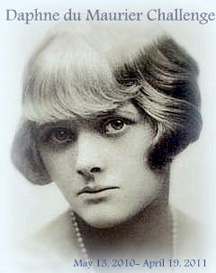


Nat, by contrast, eschews technology in favour of traditional methods (he fixes hedgerows and works with a hoe) and quickly realises that the farm owner's attempt to shoot the birds is futile. the chichester partnership / university of exeter The unnamed tractor driver tells Nat:“I could scarcely see what I was doing.” As the birds attack the eyes, sight becomes a metaphor for humans failing to see the changes in nature.Ī young Daphne du Maurier. In du Maurier's story, the birds turn this on its head – quite literally – through their attacks. This created a situation in which animal“chances for survival and reproduction were apportioned largely according to compatibility with human action”. McNeill explains that agricultural ecology changed from the 1950s, with the creation of large fields and elimination of hedgerows in order to facilitate industrial farming. In his book something new under the sun, historian J.R. The tractor – and the birds' engagement with it – is significant, as the vehicle is synonymous with mechanisation and changes in the landscape.

Nat acknowledges that birds always followed the plough in autumn:“but not in great flocks like these, nor with such clamour”. the man upon it would be lost momentarily in the great cloud of wheeling, crying birds.” This scene is transplanted into The Birds when its narrator, disabled second world war veteran and land worker Nat Hocken, observes some unusual behaviour:“As the tractor traced its path up and down the hills. screenprod / photononstop / alamy stock photo

Rod Taylor in Alfred Hitchcock's 1963 adaptation. In her 1989 memoir, enchanted cornwall, du Maurier claims that she was inspired by seeing a tractor ploughing a field in Cornwall surrounded by circling“cloud of screaming gulls”. Revisiting du Maurier's story of relentless devastation shows how the writer anticipated some of today's most pressing environmental concerns. In du Maurier's apocalyptic tale, set in Cornwall, birds launch vicious and unprovoked attacks on humans.Īlfred Hitchcock's adaptation, The Birds, celebrates its 60th anniversary in 2023. Nearly half of global bird species are now in decline. ( MENAFN- The Conversation) In Daphne du Maurier's short story, The Birds (1952), a change in bird behaviour is linked to the impact of technological developments after the second world war.īirds, as the 2022 state of the world's birds report warns, are“barometers for planetary health”.


 0 kommentar(er)
0 kommentar(er)
